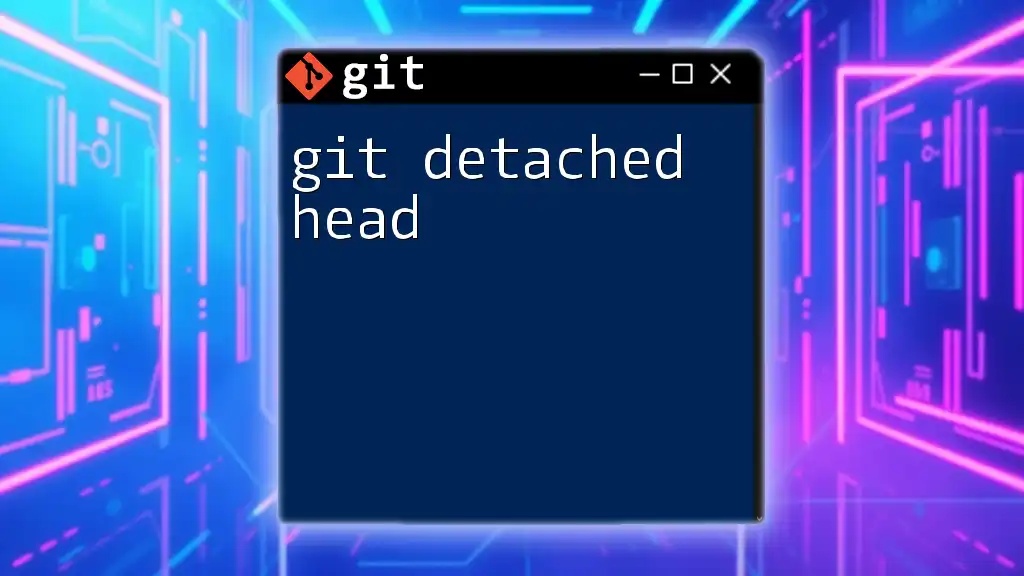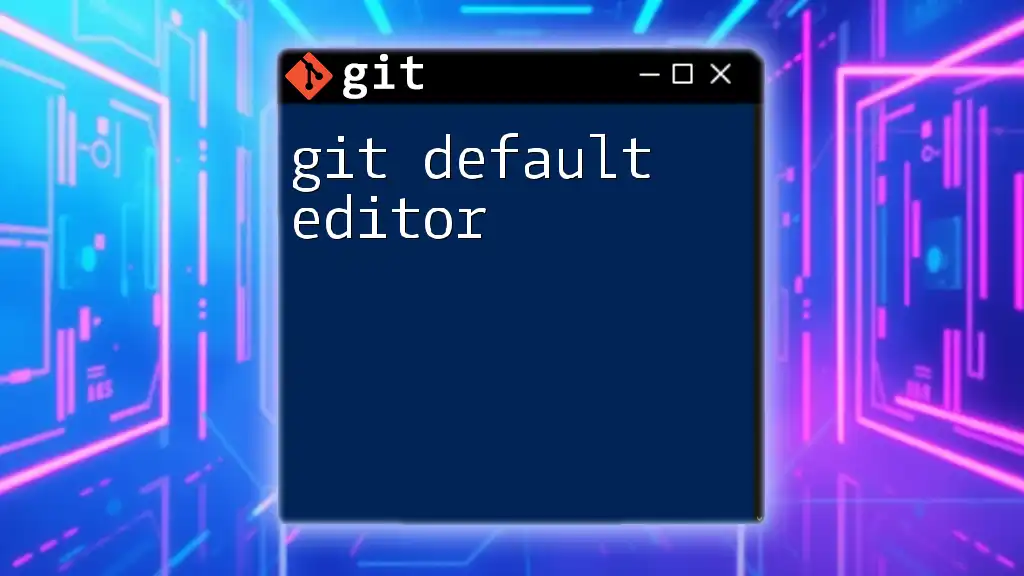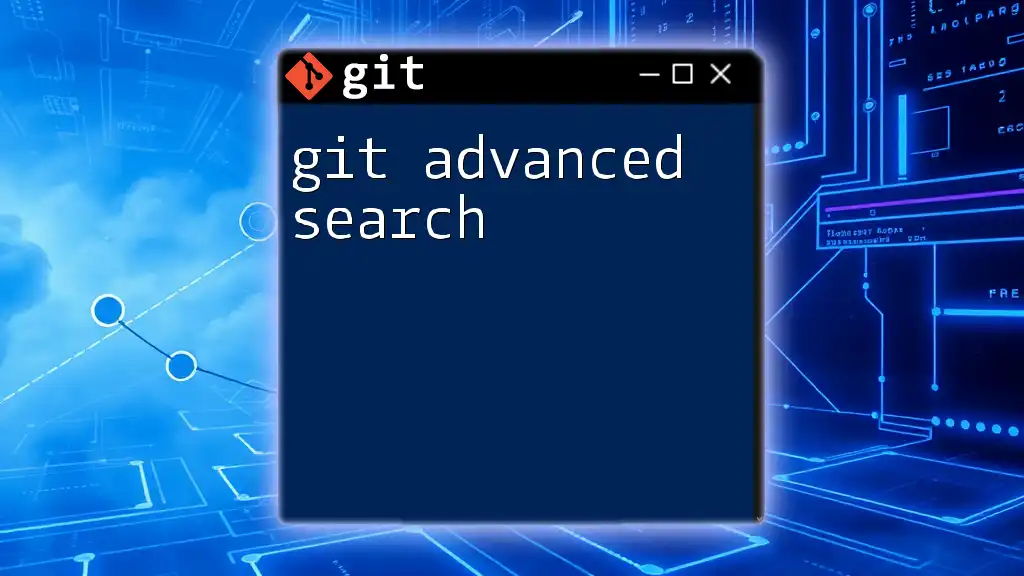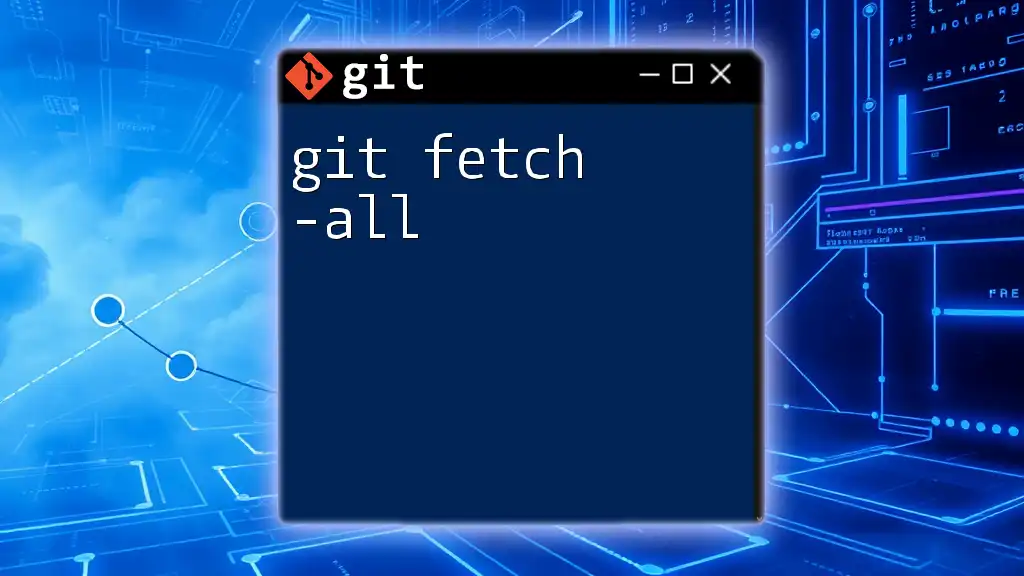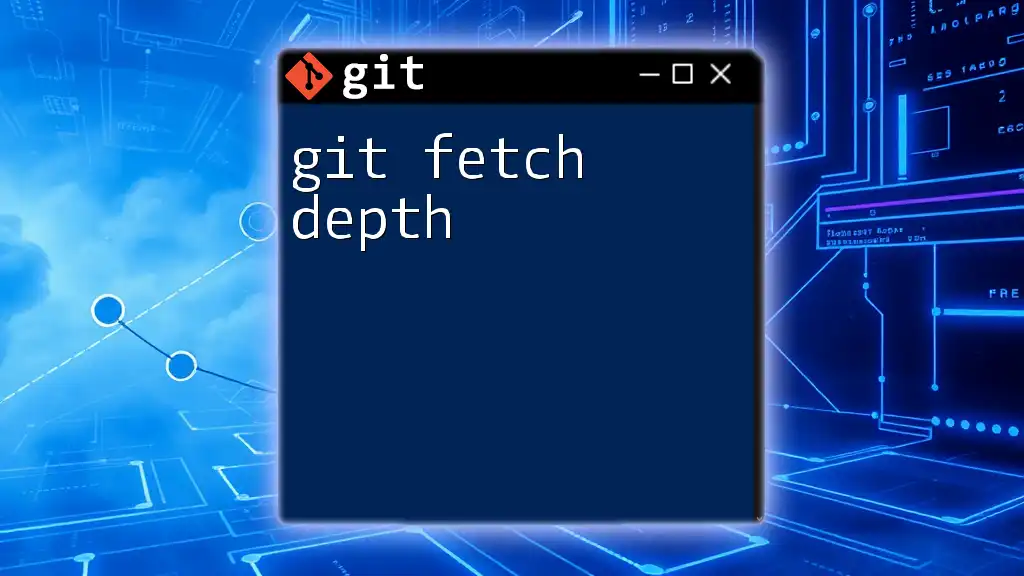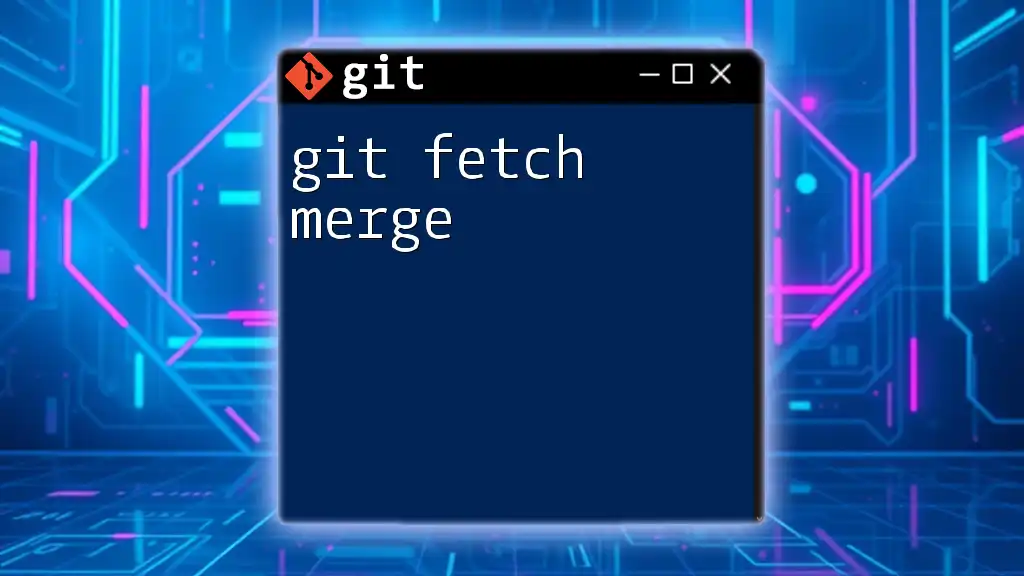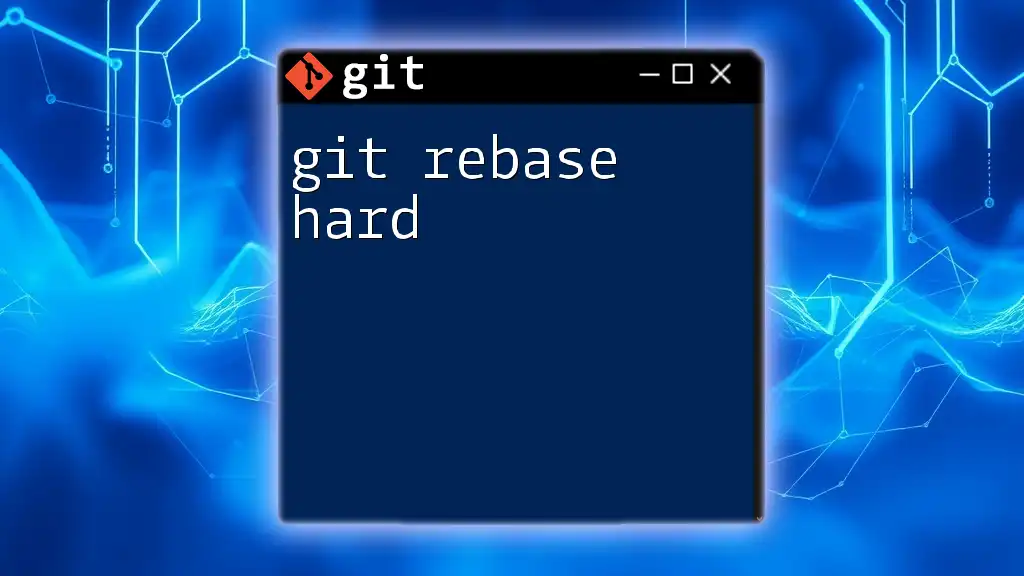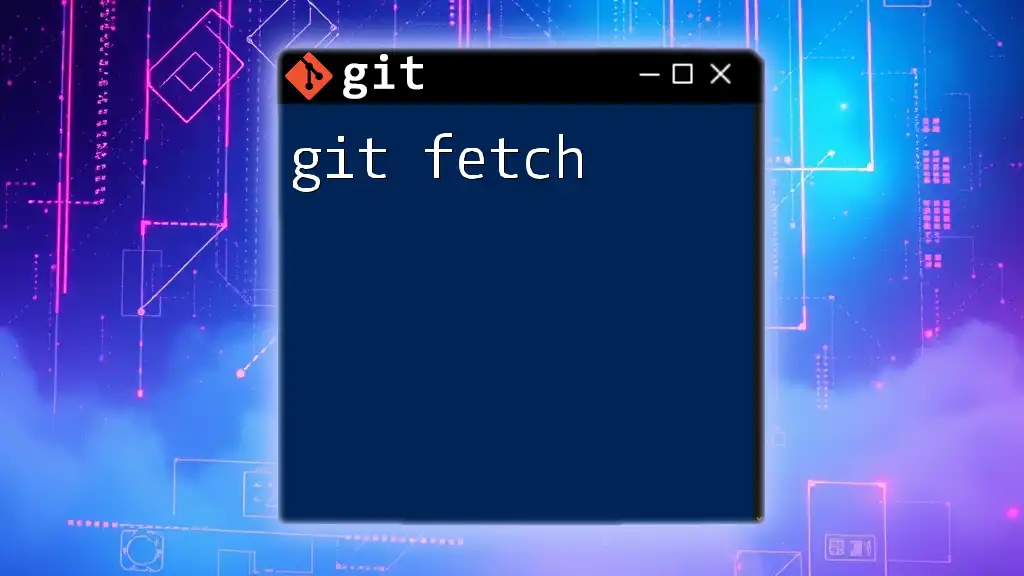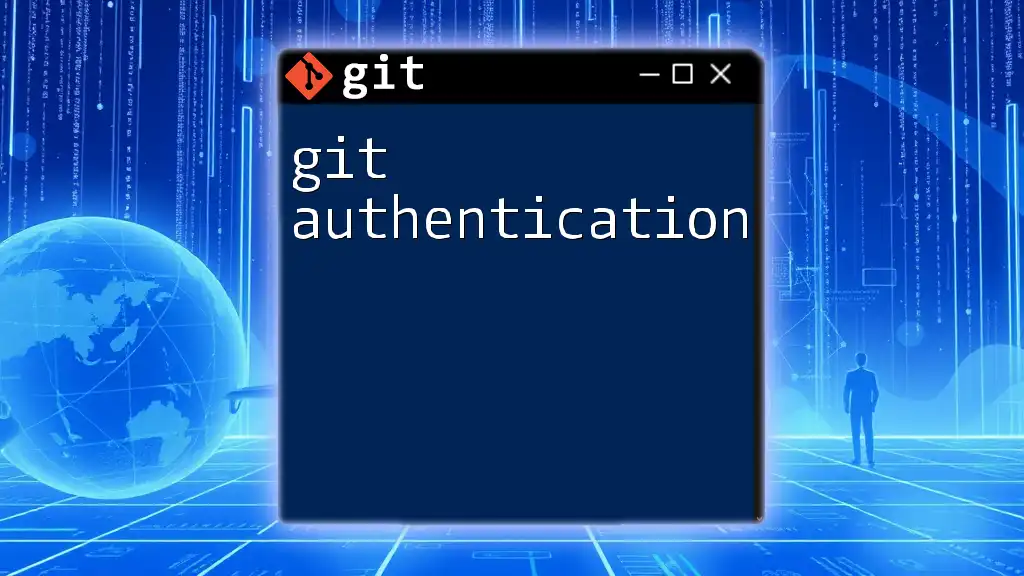A "git detached head" state occurs when you check out a specific commit rather than a branch, which can lead to losing uncommitted changes if you switch branches without creating a new one.
git checkout <commit-hash>
What is a Detached Head in Git?
A detached head in Git refers to a state where the HEAD pointer is not pointing to the latest commit on any branch but is instead pointing directly to a specific commit. In Git, the HEAD signifies your current position in the repository; thus, when it is detached, it signifies that you’re working directly with a commit rather than being on a named branch.
The primary difference between a regular HEAD and a detached HEAD is essential for any Git user to grasp. A regular HEAD allows you to commit changes onto the branch you’ve checked out, whereas a detached HEAD means any new commits you make will not be recorded on a branch but rather exist in isolation.
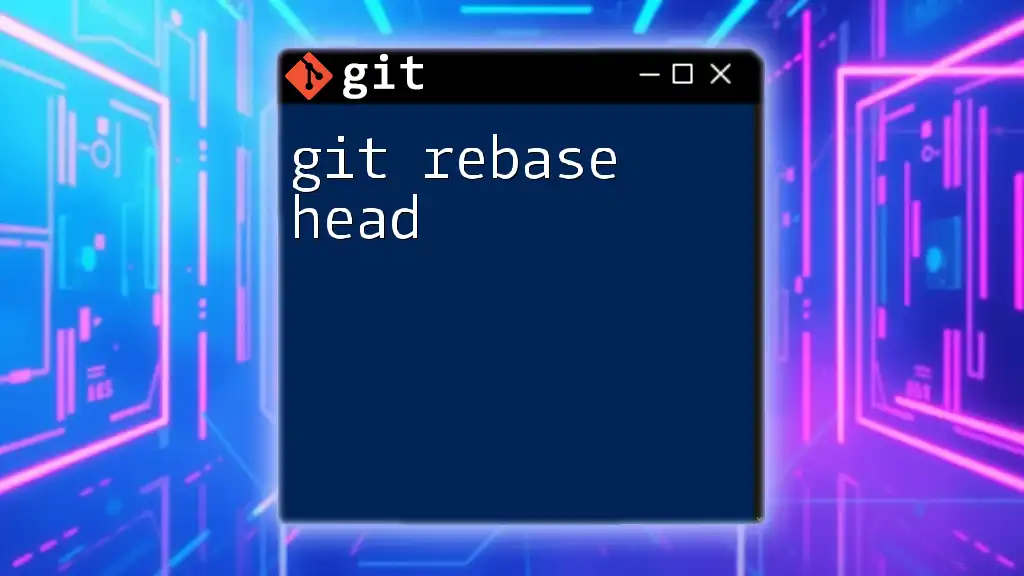
Why Does a Detached Head Occur?
A detached head state can occur in several instances, including:
- Checking out a specific commit: When you might want to examine an older commit, you can check it out directly, leading to a detached head.
- Checking out a tag: Tags in Git are often used to mark specific points in history, and checking out a tag will also result in a detached state.
- Resetting without creating a new branch: If a reset operation moves the HEAD without moving it to a branch, you can find yourself in a detached state.
For example, if you check out a commit using the command:
git checkout <commit-hash>
This operation will result in a detached head.
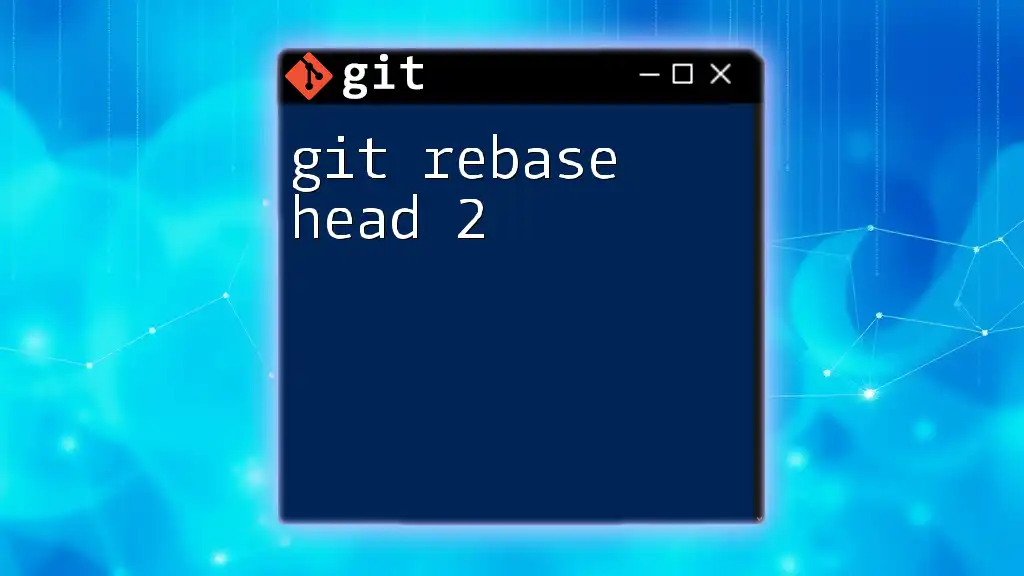
Effects of Being in a Detached Head State
When in a detached head state, you are still able to make changes, stage files, and commit them. However, the fundamental difference lies in where those commits go.
You can make new commits in this state, but they will not belong to any branch. This means that if you later switch back to a branch and do not take specific actions, those new commits may become lost because they are not associated with any branch references.
For instance, making a commit while in this state can be executed like this:
git commit -m "My changes"
If you don’t create a new branch after this, those changes exist without a path for future reference.
Moreover, being in a detached head can be risky because if you skip steps for saving your work, those commits might not be recoverable later unless you explicitly manage them.
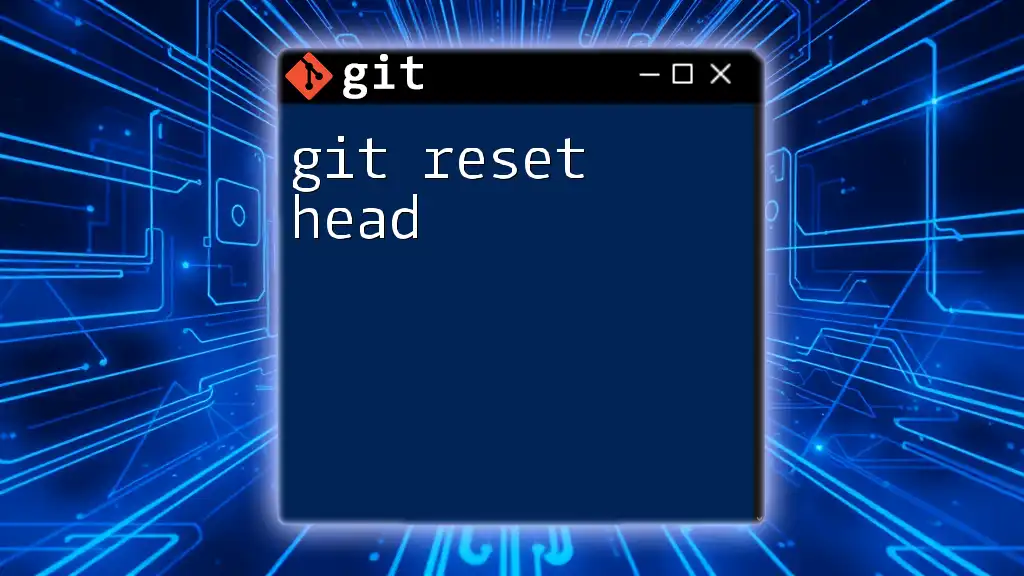
How to Identify a Detached Head
Identifying whether you’re in a detached head state is straightforward. You can check the status of your repository by executing:
git status
In the output, if you see a message indicating you are in a detached HEAD state, it will look something like this:
HEAD detached at <commit-hash>
Being aware of this output is crucial since it alerts you that any new commits will not link back to any branch unless further action is taken.
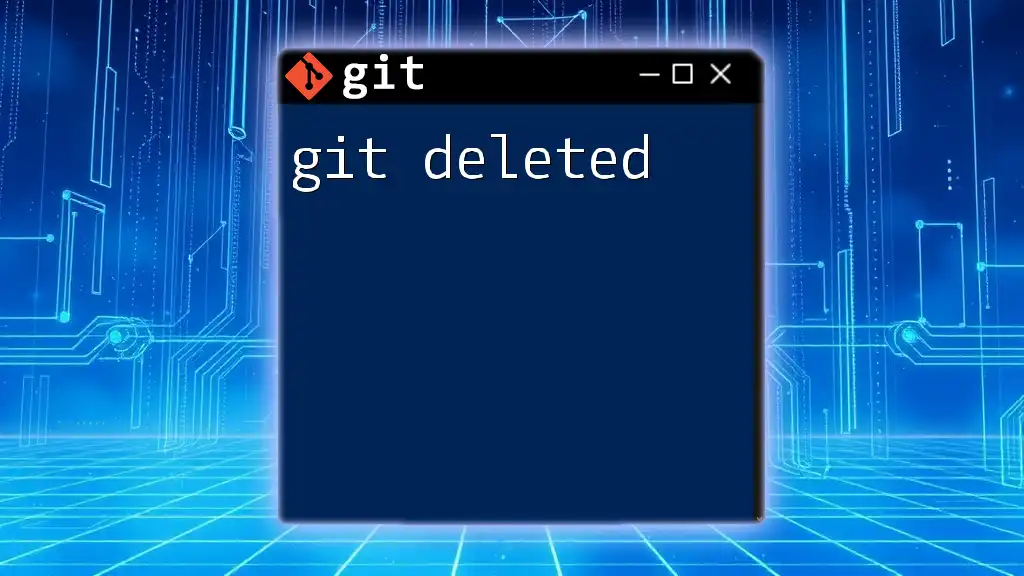
How to Recover from a Detached Head State
If you find yourself in a detached head state and want to preserve the work you’ve done, you can create a new branch from your current state by simply using:
git checkout -b new-branch
This command effectively creates a new branch that includes the commits you made while in the detached state.
Another way to manage changes is to stash them if you’re unsure, and you want to keep working later. You can do that with:
git stash
This saves your changes temporarily, allowing you to return to them at a later time when you are back in a branch context.

Best Practices to Avoid Detached Head States
To avoid the unexpected detachment of your HEAD, here are a few best practices:
- Always check out branches instead of specific commits unless testing or debugging is your goal.
- When experimenting with your commits, consider creating a temporary branch beforehand, so you don’t lose any work done while testing.
- Use tags wisely; remember that checking out a tag puts you into a detached state.
By adhering to these practices, you can be certain that your workflow remains efficient while also avoiding losing any crucial commits.
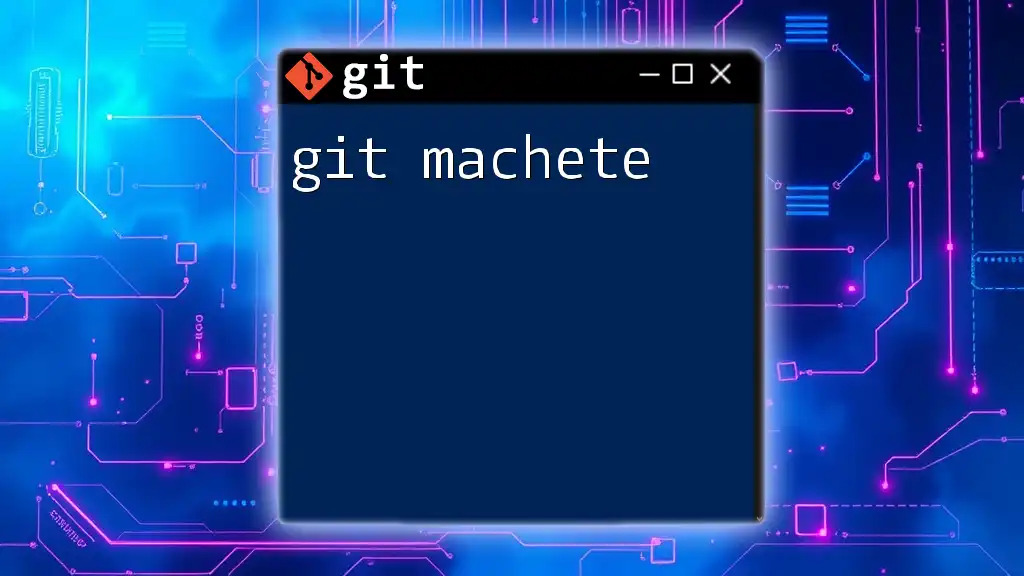
When is a Detached Head Beneficial?
There are scenarios where working in a detached head state can actually be beneficial. For instance, if you need to test a feature or the functionality of an older version of your project, checking out a specific commit can be quite effective.
In cases where you want to experiment heavily without affecting your current branches, a detached head allows for temporary changes without impacting your ongoing work, making it a perfect space for trying out various ideas or diagnosing issues.
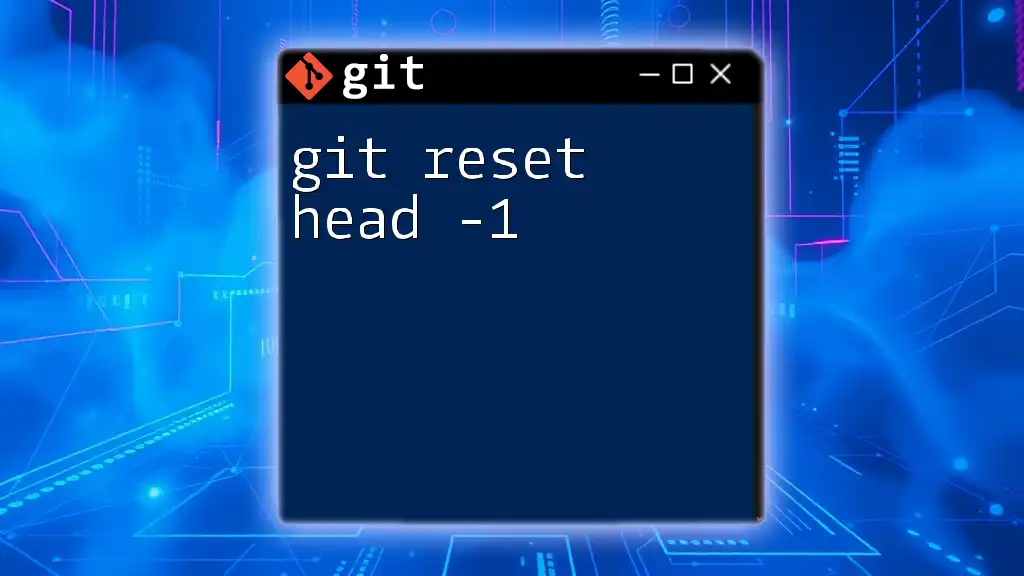
Conclusion
Understanding the git detached head state is vital for any developer using Git. Recognizing when you're in this state, knowing how to recover from it, and even understanding the situations where a detached head can be useful will vastly improve your confidence in using Git effectively. Embrace the knowledge of head states to manage your commits properly and ensure none of your work goes missing. With practice, you will find that navigating these nuances becomes second nature in your Git workflow.
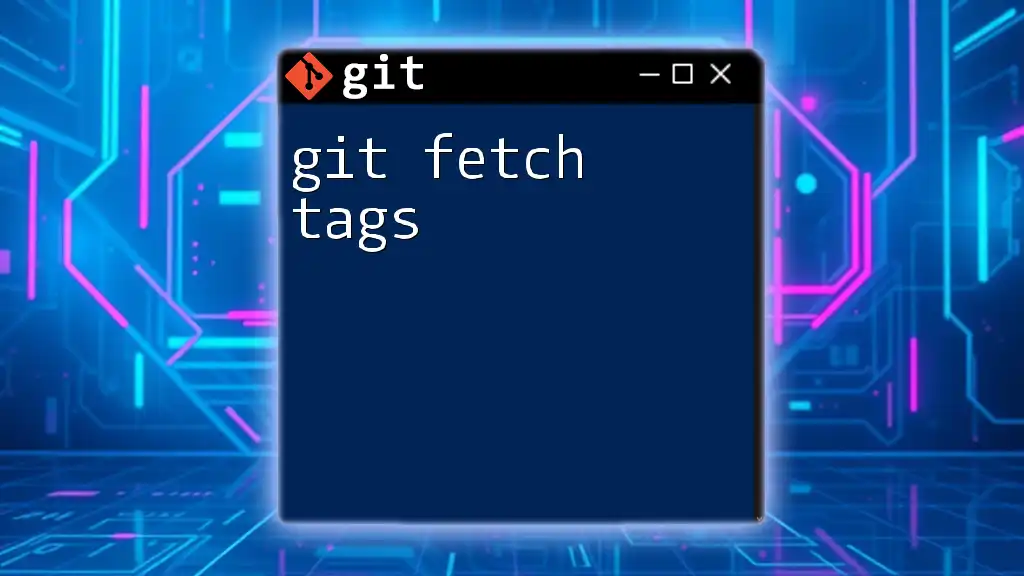
Helpful Resources
For additional learning and deeper dives into Git operations, consider exploring various books and online courses focusing on version control. The official Git documentation provides extensive details on managing branches, tags, and commit states that can further enhance your understanding of this powerful tool.

